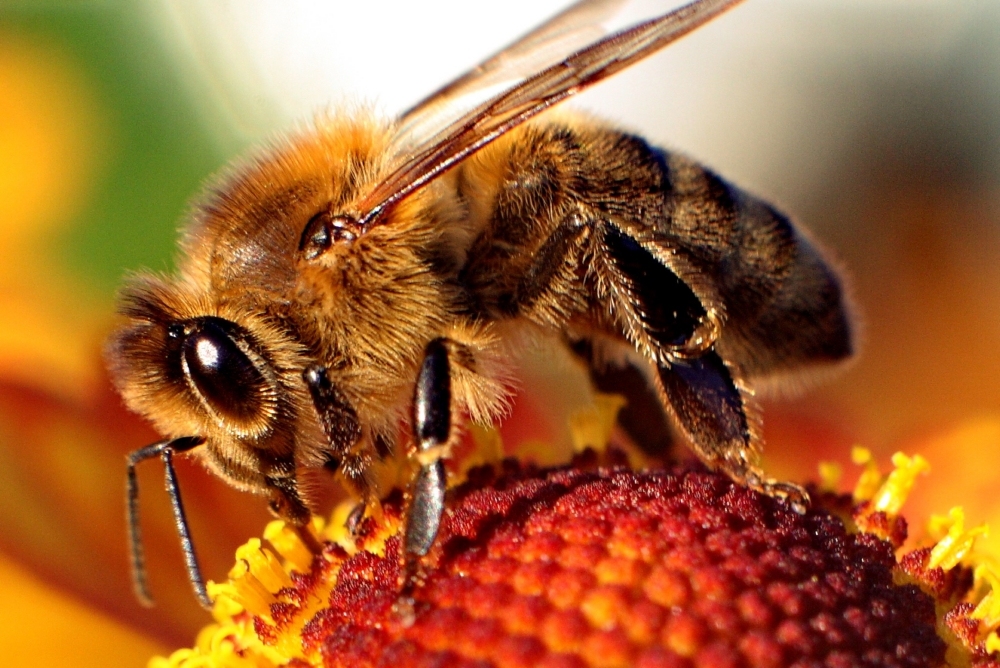The extinction of bees would have profound consequences for global food production and could lead to a significant increase in food costs. Bees, particularly bumblebees, play a crucial role in pollinating a wide variety of crops, including fruits, vegetables, and nuts. Without bees, many plants would struggle to reproduce, resulting in diminished crop yields and a decline in food availability.
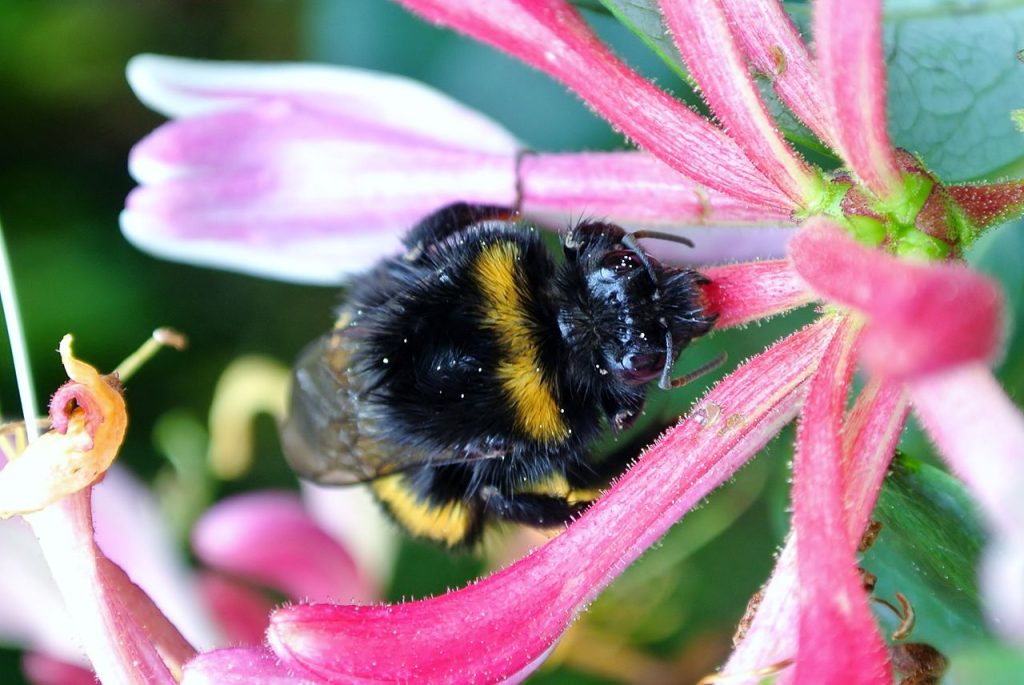
This scarcity of food would drive up prices as demand outstrips supply, disproportionately affecting consumers and exacerbating issues of food insecurity worldwide. Therefore, the decline of bee populations due to factors like climate change poses a direct threat to food security and could have far-reaching economic implications.
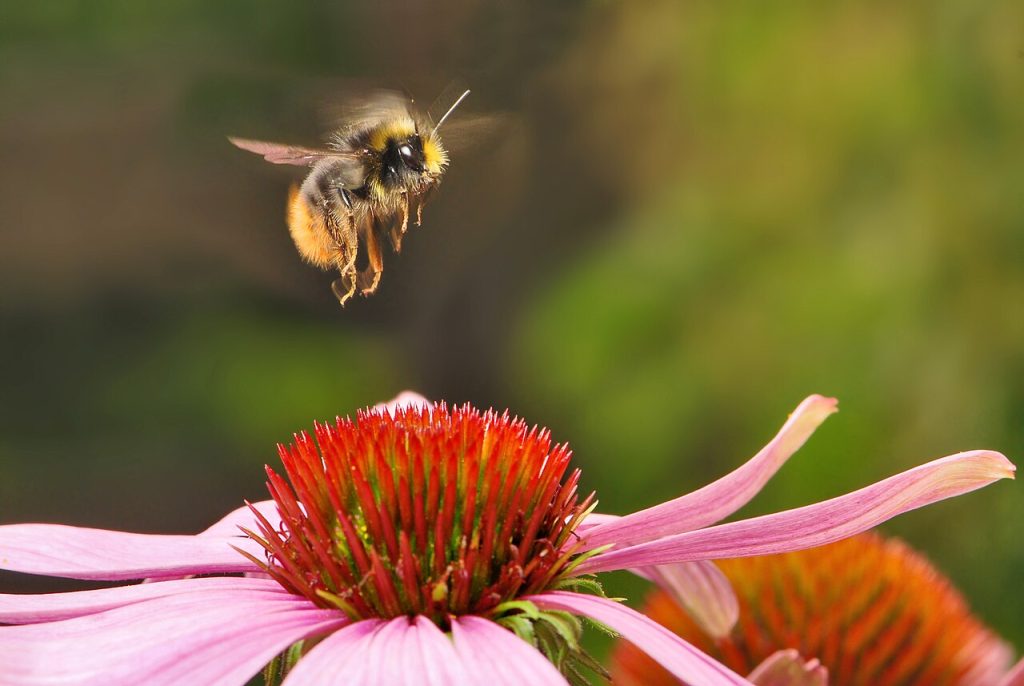
The intricate relationship between climate change and bumblebees reveals a concerning trend: as global temperatures rise, so does the threat to these vital pollinators. Climate change impacts bumblebees in multifaceted ways, with rising temperatures triggering various adaptations in their anatomy and behavior. An increase in global temperatures affects bumblebees’ size, body dimensions (particularly mouthparts), and potentially their furry covering. These adaptations are survival mechanisms to cope with the changing environmental conditions, but they also highlight the profound impact of climate change on these insects.
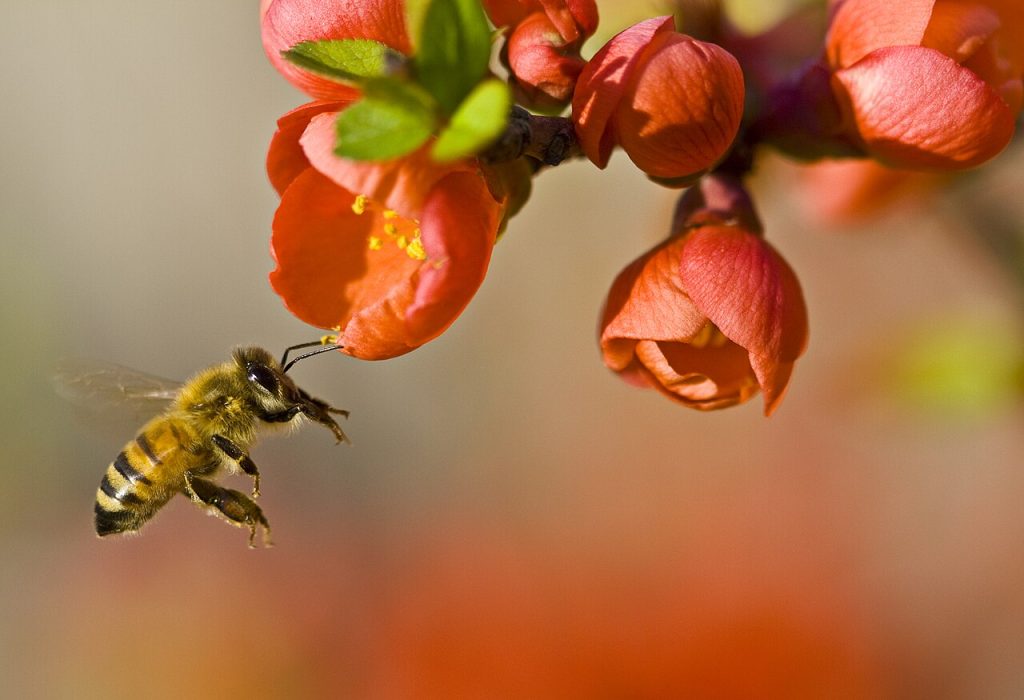
Flight activity, essential for nest-seeking queens, foraging workers, and the next generation, is profoundly influenced by temperature variations, sunlight exposure, and weather conditions. However, as temperatures escalate, excessive heat emerges as a significant challenge for bumblebee populations. Studies indicate that heat poses a more severe threat than cold, impacting larval mortality and pushing these insects beyond their preferred temperature range. The evidence suggests that global warming intensifies the peril faced by bumblebees, pushing them to the brink of survival.
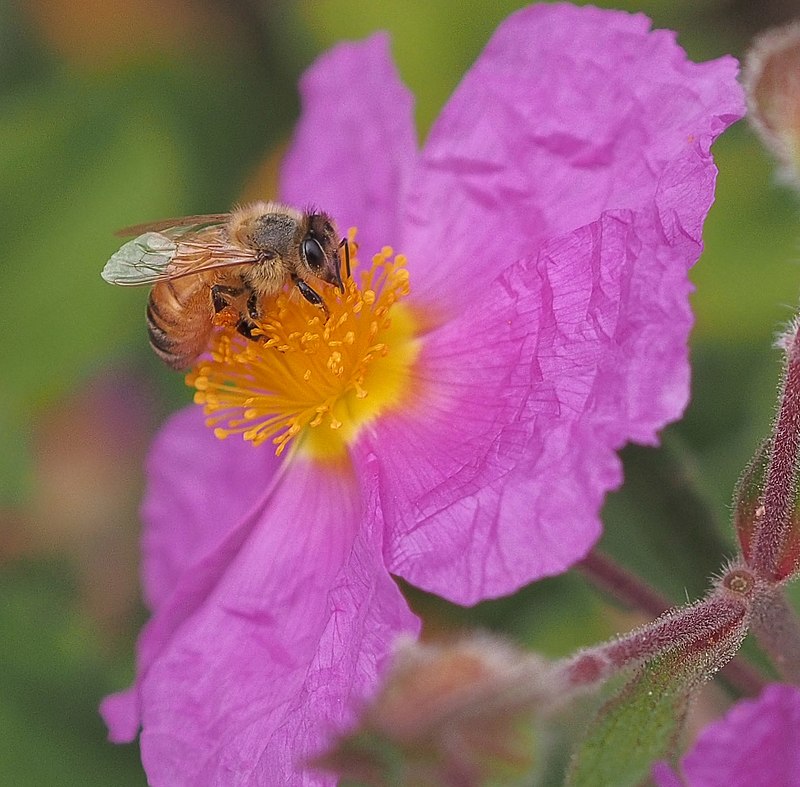
Nest temperatures, crucial for the well-being of bumblebee colonies, exhibit remarkable consistency across species. Yet, this uniformity may also signify ecological and evolutionary constraints, limiting their ability to adapt to rapid temperature changes.
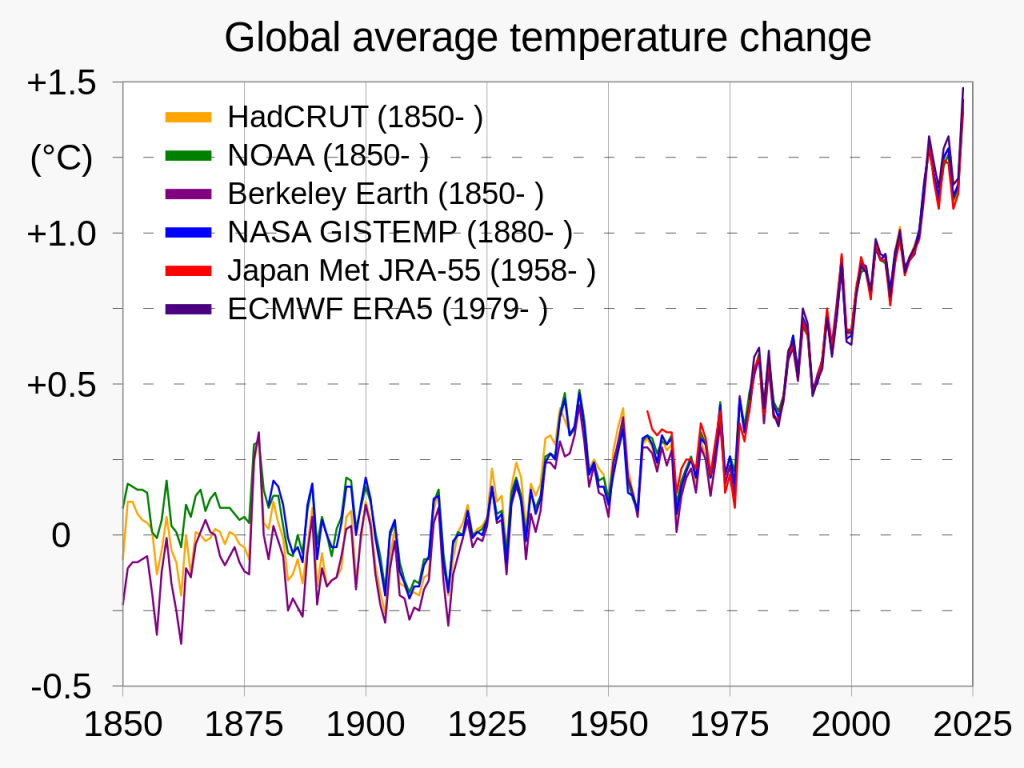
As temperatures continue to rise, bumblebees face the daunting task of maintaining optimal nest conditions, particularly in urban heat islands where temperatures soar even higher. These challenges underscore the urgent need to address the root causes of climate change to safeguard bumblebee populations.
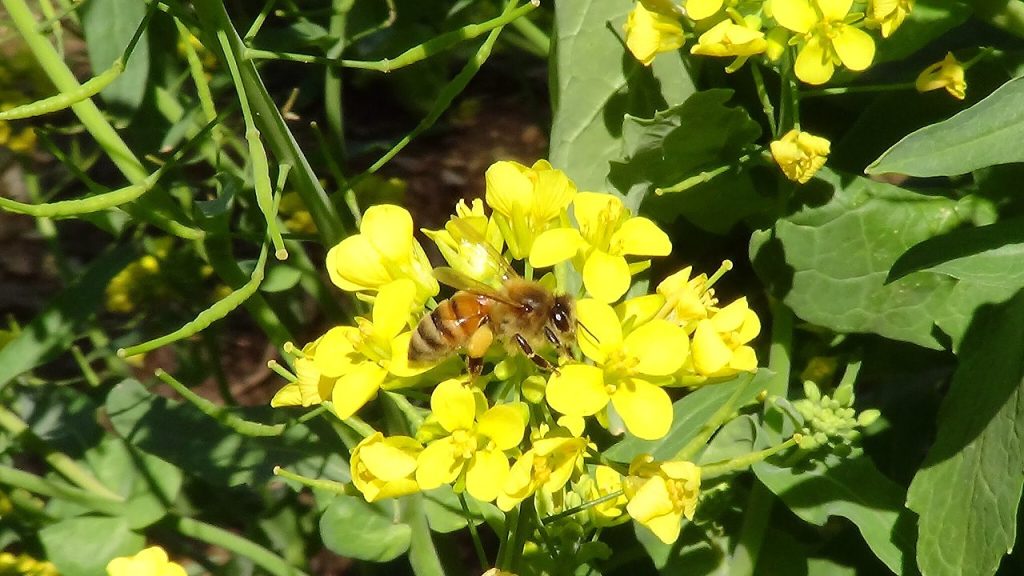
Thermoregulatory behaviors, such as air exchange and fanning to expel excess heat from nests, are essential strategies observed in social insects like honeybees. However, limited attention has been given to these behaviors in bumblebee studies, leaving crucial gaps in our understanding of how these insects cope with rising temperatures. Furthermore, the construction and architecture of bumblebee nests play a vital role in thermoregulation, yet these aspects remain understudied in the context of climate change.
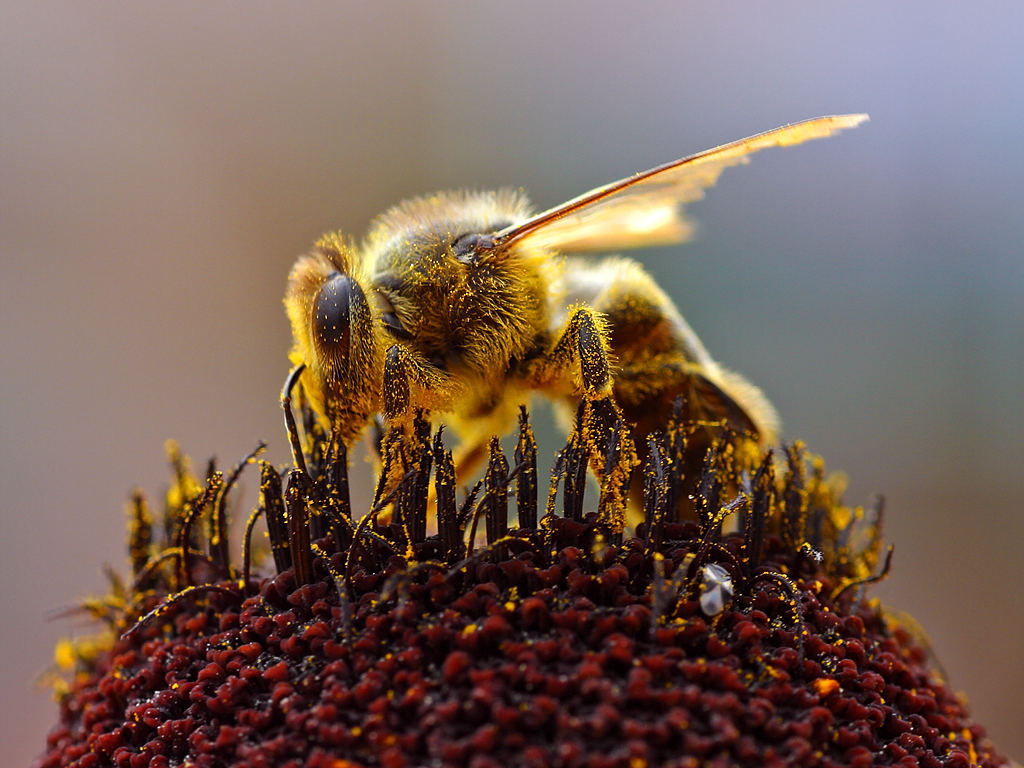
Comprehensive Eco physiological studies utilizing advanced techniques could provide valuable insights into bumblebees’ response to climate change. By examining thermal performance curves (TPCs) and thermal niche zones (TNZs), researchers can better understand how rising temperatures affect bumblebee populations. Additionally, measuring insulation properties of nesting materials and heat flow across nest walls could offer critical data for developing strategies to mitigate the impact of climate change on bumblebees.
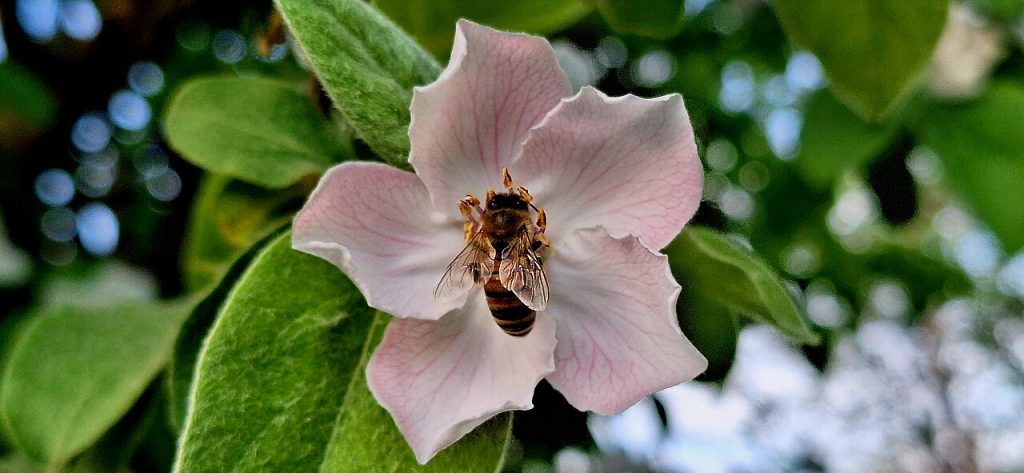
The exacerbation of bee decline due to global warming is a pressing issue that demands immediate attention. By linking ecological, physiological, and behavioral factors, researchers can gain a holistic understanding of how climate change disrupts bumblebee populations. This knowledge is crucial for informing conservation efforts and implementing policies to mitigate the effects of climate change on these essential pollinators. As we strive to address the root causes of climate change, we must also prioritize the protection of bumblebees and their habitats to ensure the health and sustainability of ecosystems worldwide.


